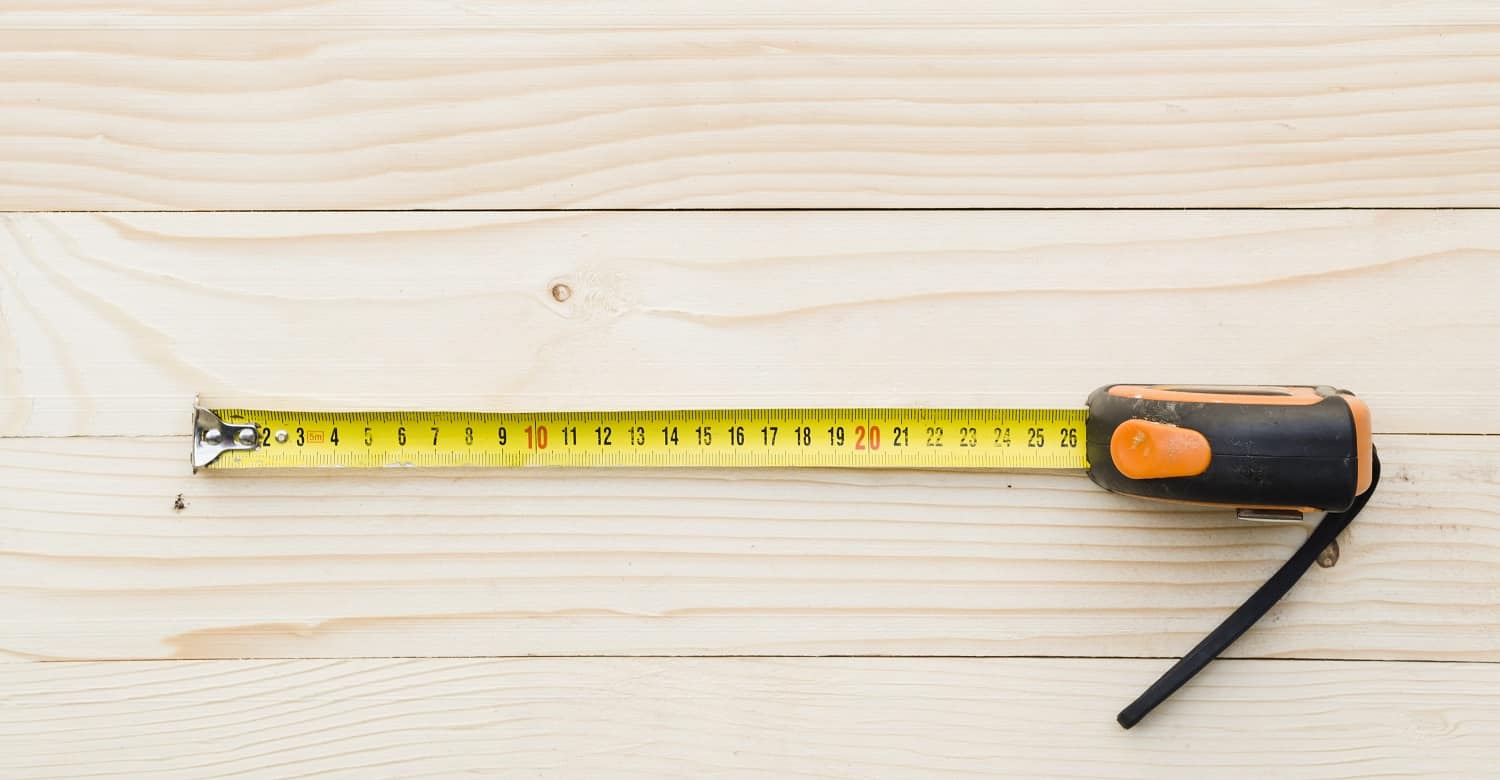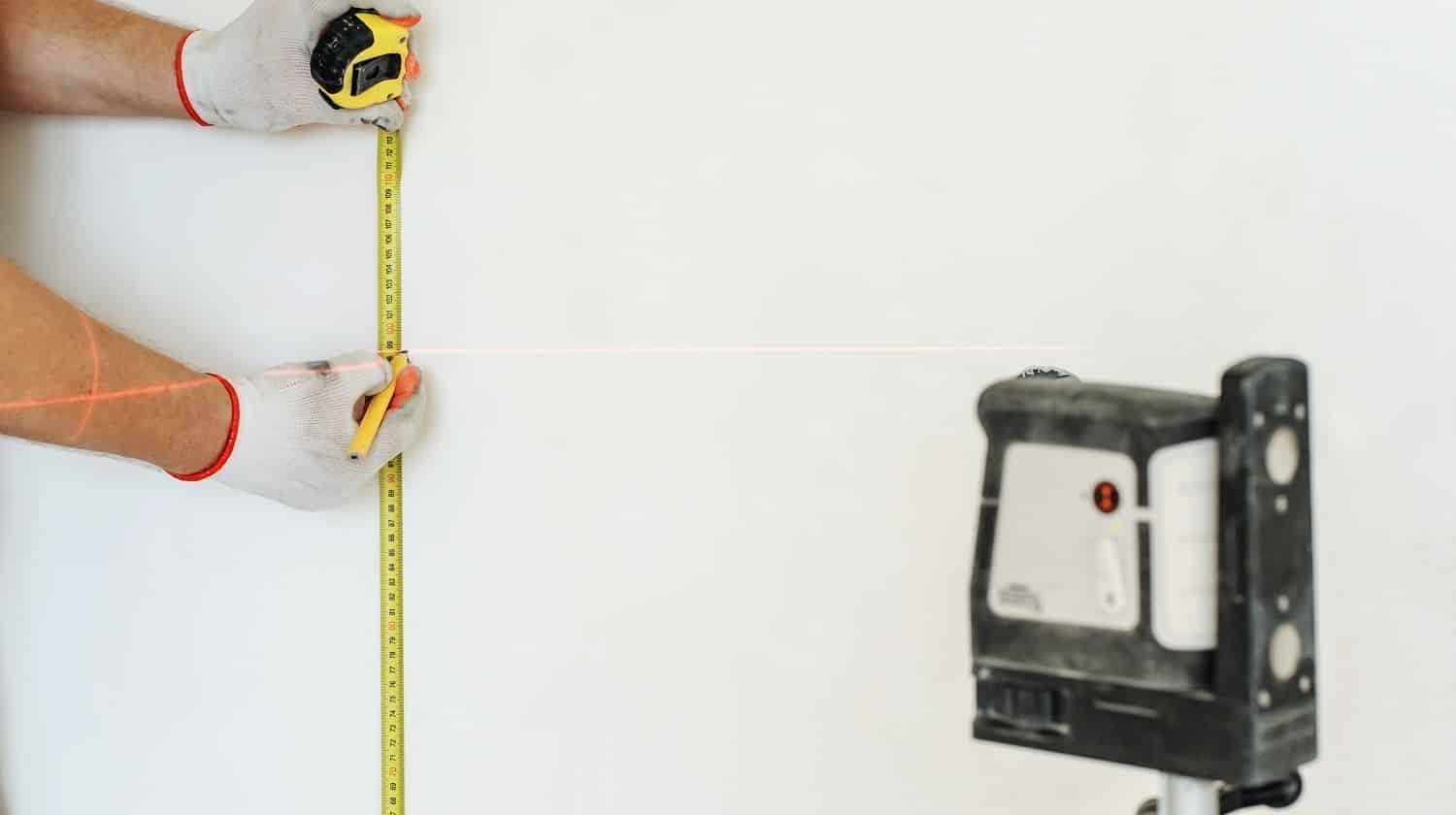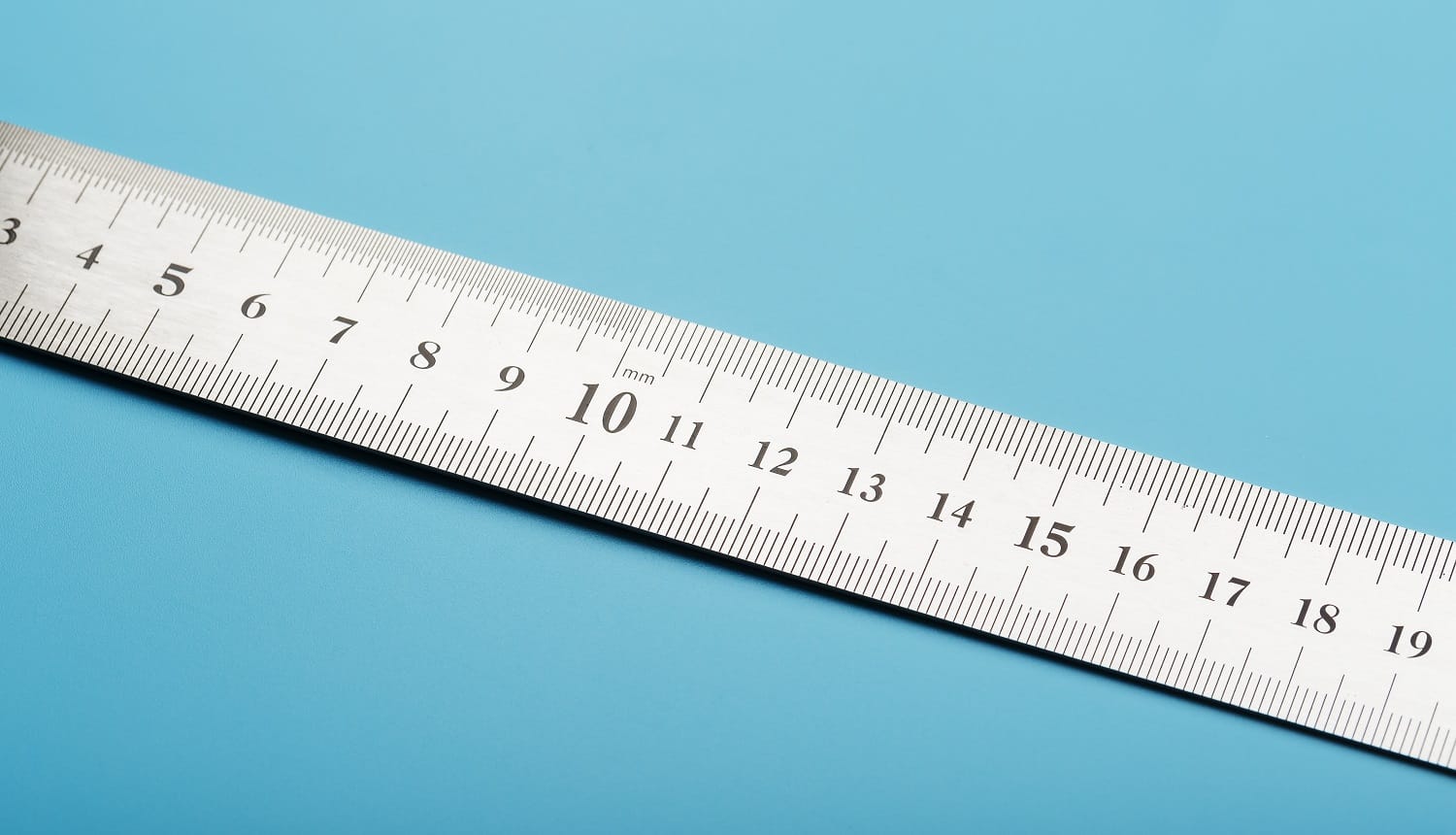It cannot be denied that construction is quite a difficult job, but with an excellent tool to measure distance, you can make it a whole lot easier.

While you may have known about a ruler and tape since you were kids, there are some other standard tools which help in finding out the length. We will tell you the key to achieve immaculate precision. Simply use the right device for the right length! While some are good with one unit, others can help you measure in multiple units.
You might be confused at this point about which tool will fit your needs? To deal with this, we have listed down the top 5 common ones which will help you in all kinds of construction and renovation jobs. You can sit back with a cup of coffee and read through our unbiased opinion with all the pros and cons listed.
Without further ado, let us move on!
Top Common Tools to Measure Distance

We will begin with one of the most common tools in the market - the ruler. Also called a straight edge rule, it is used widely by professionals and students alike. Imagine trying to attempt architectural designs or drawing layouts without a tool to draw a straight line? Seems impossible, right?
Typically, the length of this equipment ranges from 30 cm to 240 cm and its body has markings at specific intervals, which helps you note down the length.
What is its purpose?
This tool is mostly used to measure small distances and symmetry of a plain. Students learn to use this for mathematical measurement and to check for straightness. On the other hand, you would find this on the table of almost every engineer, architecture, builder, interior designer as well as fashion designer, to name a few.
The measurement units that are engraved on each ruler differ, and there are some with centimeter, millimeter, and inches. While a few may have all of these units, others may be more specific with just inch or centimeter divisions.
What are the two types of markings?
We have already spoken about linear markings, and that is the most common use of a ruler. But there is another version of the tool with zero marking. These are used for finding the middle point of any item that is being considered and they are called center finding rulers.
There is a zero point in the center with numbers on both ends. It will help you find the midpoint of anything. The only limitation is that the item needs to be flat.
What is the preferred form of a ruler?
We can divide straight-edged rules into three common kinds - wooden, metal, and plastic. The most preferred one for accuracy and durability is the metal option. This is because the metal version is sleek and easy to use, while the sharp edges provide more precision in measurement.
Also, it lasts longer, the printed unit marks do not fade easily, and it would not break into two. It would be a Herculean job to break a metal ruler!
- Very affordable
- Used to measure symmetry
- Easily available
- Can be used by everybody
- Accurate up to 1/16-inch
- Not a good option for longer distances
Moving a step further, the measuring tape is a very useful tool that measures medium distances. It is widely used for construction and renovation purposes. While a metal straight-edge ruler is a straight device with limited length, this one has a metal ruler too, but it is rolled inside a plastic body.
Since it can be rolled, the length is way longer and can extend from 6 feet up to 33 feet. While it can be folded inside, once you extend the ruler, it becomes stiff and would not lose shape when held against a wall or any vertical surface.
How to use it?
The product comes with a metal hook on the edge. This can be used to hold on to one end of the surface that is being measured while you stretch your metal scale to reach the other end. Note down the results once you’ve properly adjusted the tool.
To add to the convenience, there is a hole on the hook, through which a screw can pass easily. You can use it to attach one end, providing you with a safer way of measuring. With this feature, one can aim to handle the whole project by oneself without help.
- Easily portable
- Extendable and can be used to measure longer distances
- Curved edges are also measurable
- Compact design
- Lacks accuracy
While the ruler helped measure shorter distances, this one is made to measure very long stretches. Known as a distance calculation wheel, it needs to be rolled from point A to point B to find the exact distance between both of them.
The measurement will show on the counter, which is fixed on top of this device. It consists of handles with a wheel attached to it. The distance traveled by the wheel is what can be measured.
What is its purpose?
This is an essential tool for people designing or renovating a place. For example, if you are working on building a house, this tool will help measure the perimeter of your backyard, garden area, front porch, and maybe the fence too. These measurements will further be needed to add tiles, pave a path, grow seeds, or build fences.
Now, if you are wondering how it is different from a tape, let us explain. Straight lines can be measured by a tape easily, but if the concerned area is crooked, you will need help. For such spaces, you would have to divide the area into parts and measure separately. In the end, the sum of all parts will give you a total.
This is time-consuming, to say the least. However, with a wheel, you will face no such problem. Just roll it around the border of a space and note down the measurement.
What are the types available?
There are different versions of the base model itself so as to make this device fit for the terrain it is going to be used in. Your area of work defines the type you would want to purchase.
There are variations in the size of the tire. If it is a rough terrain that you are aiming to work on, we would suggest using bigger wheels. They have a lesser chance of skidding across. While on the other hand, if the area is flat with no obstacles, a smaller version can be used.
Coming to counters, there are three types, manual, automatic, and electrical. Manual counters work well with one type of unit and are less expensive while the electronic ones are more advanced and are suitable for multiple unit measurements.
- Measures long distances with ease
- Many variations in the market
- Easily portable
- No help needed to operate
- Accurate up to 10,000 feet
- Wheel may skid leading to faulty measurement
This is a tool that falls between the regular measuring tape and a wheel. It can cover a distance of more than 100 feet and is a very commonly used product by professionals. This has been carried on since old times and has survived the test of time. The body simply has a long tape rolled up in a plastic frame.
What is its purpose?
While a metal tape is easier to carry, this one stands out for measuring longer distances. If you are trying to renovate a large space or construct a house, a long version is essential, and you would not find a single builder without it.
Also, it works brilliantly well with rough terrains. It is not made of metal and thus can accommodate any kind of space easily, but yes, two people are needed in this case. Most reels are made of nylon or fiberglass and have units printed on both sides. One has to hold on to one end while the other takes note and stretches the tape.
What are the types of reels available?
There are two types of reel tapes in the market, and you should purchase based on the distance that you need to measure. Open reel tapes are those which are suitable for longer stretches extending up to 300 feet.
These are big rolls and are not covered by plastic. Instead, they have a pointed stake, which allows one to attach it to the work surface. A handle is also included to make it easier for you to hold while fixing it in place.
This one usually needs two people where one has to hold the handle and keep the device straight in place while another one stretches its tape out.
Closed case tapes are those which are used to measure a shorter distance of up to 100 feet. They come with a plastic body.
Both types have a hook at the end, which can be used to keep it firm. Also, they boast of fractional/decimal units printed on both sides for easier calculation.
- Works on rough terrain
- Measures a large distance
- Sturdy and very durable
- Can be rolled back easily
- Bulky and can be difficult to carry
Are you looking to measure the height or width of a room easily? The laser tape is an exceptional option to achieve your goal. It is a new addition to the list and makes it super easy to measure anything up to 300 feet.
While the tape has been serving well for long, this is a new technology that has come up and works as a great alternative. It is much more accurate, and you do not have to worry about the type of surface that you are dealing with. Be it rough or smooth; the laser beam does not care! It will provide you with precision, no matter what.
How does it operate?
All you need to do is keep the device at the beginning point and then direct its laser beam towards your endpoint. Once you do so, a button needs to be pressed on the body, and the result will show on display. It is that easy!
In case you do not have anything to mark your endpoint and to define the edge, place an object, or put a tiny tape. This will define the point and you can then proceed to aim at it.
What are the types of laser tapes available?
There are different types of laser tapes available, and they differ in specifications and price. The basic models measure only in single units while more expensive ones show double or multiple units.
There are some products which allow you to measure separate distances and then make a total of them and present the result. The summation is done automatically without any extra effort.
Also, you do not have to remember the measurements. The gadget will do it for you. With an internal memory which makes notes, you can store and recall previous measurements. What more could you have asked for!
- Rubber grip makes it easier to hold
- Compact and portable
- Works for first-timers
- Measures distance up to 300 feet
- No rewinding required
- It does not work well on shiny or porous surfaces

Conclusion
Every tool listed here has its own sets of advantages and disadvantages. We will suggest that before you choose one, pay attention to what you exactly need it for. If you want to simply measure a short object or a flat surface, a ruler will be the cheapest and most viable option.
Only in case of buildings and fences, should you opt for a wheel. A wheel would work great to measure the perimeter but will not work with measuring objects as you cannot wheel over it.
A laser beam is the most expensive device here. So, please consider your needs before buying one. It works for all surfaces except shiny or transparent ones, as the laser will not be able to detect the endpoint in such a case.
Let us know if you have any further queries in the comments section below.
Till next time!





